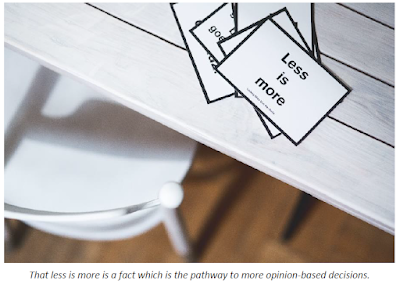SMS Performance Evaluation

Every operator with a safety management system (SMS) conducts regular SMS performance assessments of their systems. In a healthy performance environment, assessments are conducted daily within a quality control system. As a businesslike approach to safety, an SMS enterprise has an obligation to learn how their systems are performing, in the same manner as a business assess their cashflow daily. In a business the cashflow is the leftover after cash is received and cash paid. If a business's cash acquired exceeds its cash spent, it has a positive cash flow. A positive cash flow means more cash is coming in than going out, which is essential for a business to sustain long-term growth. This same principle goes for a healthy and sustainable long-term growth of a safety management system. Conventional wisdom is that a healthy safety management system for airports or airlines, is a system without incidents, or a system with reduction of incidents over time. The question to answer with th...
